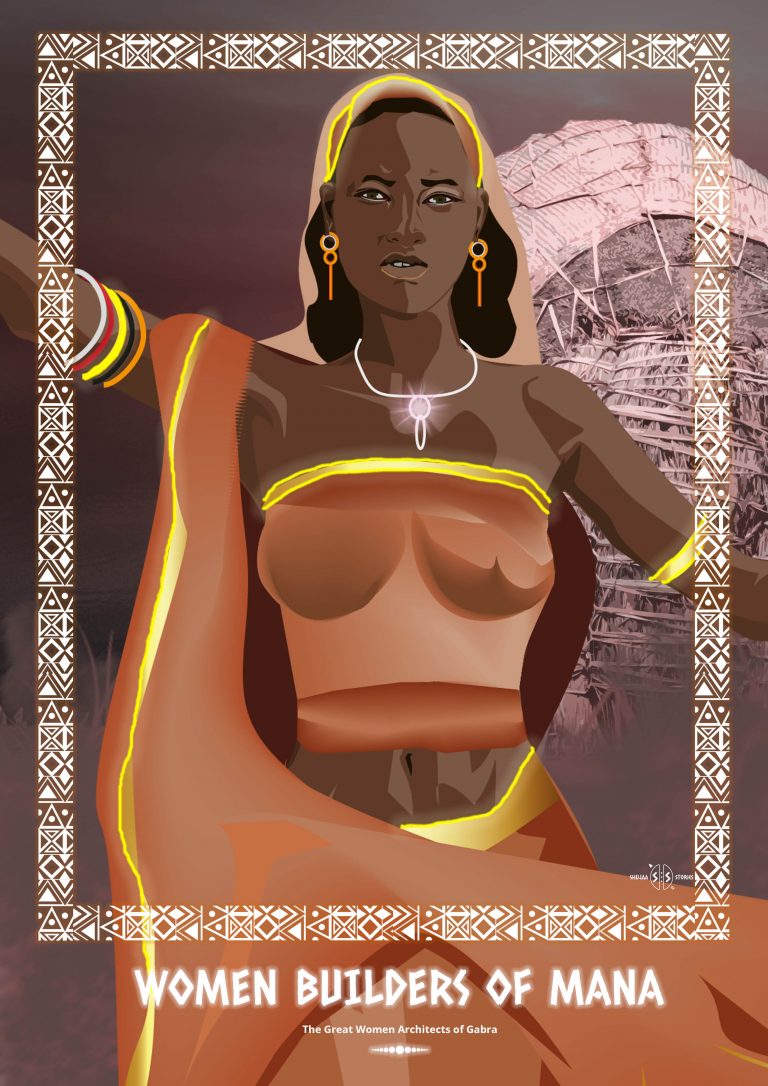The Great Women Architects (Gabra)
The Burj Khalifa, the Taj Mahal, The Sydney Opera House and the Mana. What do all of these buildings have in common? Well, they all boast of great architectural prowess and engineering ingenuity. Still, the Mana stands out from the rest because of its superior adaptability to the environment.
The Mana is so adaptable that it can be dismantled at a moment’s notice and carried along to a new destination! What’s more? The Mana is designed and constructed entirely by women.The Mana is a traditional Gabra hut. It is the Gabra dwelling unit in which members of a household reside. It is a portable dome-shaped structure about three metres in diameter and can be dismantled at a moment’s notice by skilled Gabra women.
In building the Mana, Gabra women use a framework of poles, firmly fixed about thirty centimetres into the ground and bent at the top to make the roof. They tie thin sticks to these poles, horizontally and at intervals, using cowhide thongs. On top of this framework of poles, rests a covering of dasse (sisal mats), ithile (goat or sheep skins) and sometimes old pieces of cloth. These are held in place by ropes which tie everything down. Dried shrubs are used to cover and surround the part of the hut that touches the ground. This helps to ward off sand particles that may be blown in by the wind.
As is the tradition of the Gabra, the women ensure that all Gabra huts are similar and all have their doors facing the west. The reason for this is to prevent the wind from blowing dust and sand into the houses. The wind blows from east to west.
The Gabra live in settlements known as olla or sometimes manyatta. An olla is a unit of huts (mana) with people who choose to live together. There may or may not be kinship. An Olla does not have a set number of people and the settlements are usually far from one another. During the dry seasons the Mana will concentrate around wells. Most Gabra ollas change sites after every three or four months in pursuit of good pasture.
The Mana shows that traditional African architecture was not only full of ingenuity but was also extremely functional in every aspect.
Bonus Information
The great women architects of Gabra had thought of sustainable housing before it became a modern trend. As we face environmental issues like climate change and scarcity of natural resources, the cost of building and maintaining various buildings has become more costly. People are looking at ways to create living spaces that are not harmful to the environment and also save money in the process. Eco-friendly trends and practices in architecture are already being implemented all over the world. These practices save money and the planet.

